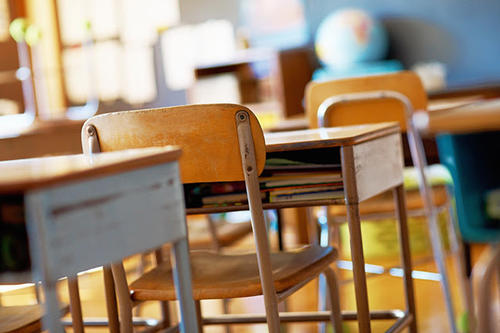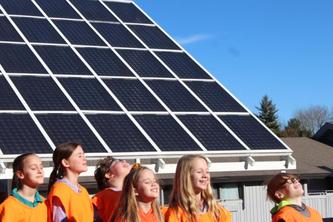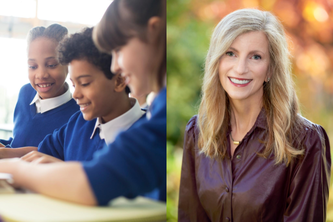
Across the country, white students are doing better academically than their classmates of different races and ethnicities. This achievement gap is particularly evident in Minnesota.
The reasons for the disparity are complex, and many experts are working to find solutions, including University of Minnesota faculty members at the U of M’s Urban Research and Outreach Engagement Center (UROC).
At the request of the nonprofit Generation Next, UROC recently tapped six U of M faculty members to be Generation Next/UROC Faculty Fellows.
Their mission is two-fold: Answer the question of why there is an achievement gap in the Twin Cities and propose ideas for solving the problem. Their first report makes clear that while the challenge may be daunting, there is hope.
Among their key findings: calling the problem an achievement gap is faulty.
“The notion of the achievement gap assumes achievement to be an individual act, but there is a whole contextual environment that contributes to an individual’s achievement,” says Michael Goh, professor and UROC Fellow.
Goh explains there is a very real gap between students when it comes to resource inequities. But the gaps between teachers and kids, and parents and communities, are equally pressing. “For a teacher to be effective, you have to engage kids on all levels and to do that, you must understand the community the kids are coming from,” he says.
Goh recently teamed with Associate Professor Peter Demerath to create a new course that explores how to connect teachers with students on a human relations level, a socio-economic level, and an intercultural level.
“Teachers can know their subjects, but until they bridge these gaps, learning will not occur,” says Goh.
- Categories:
- Education





